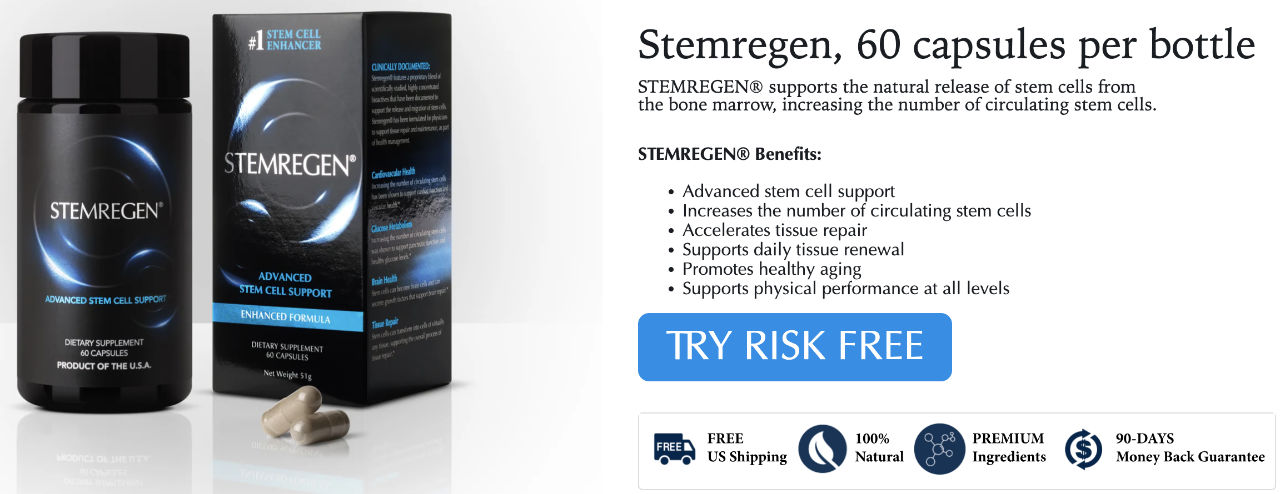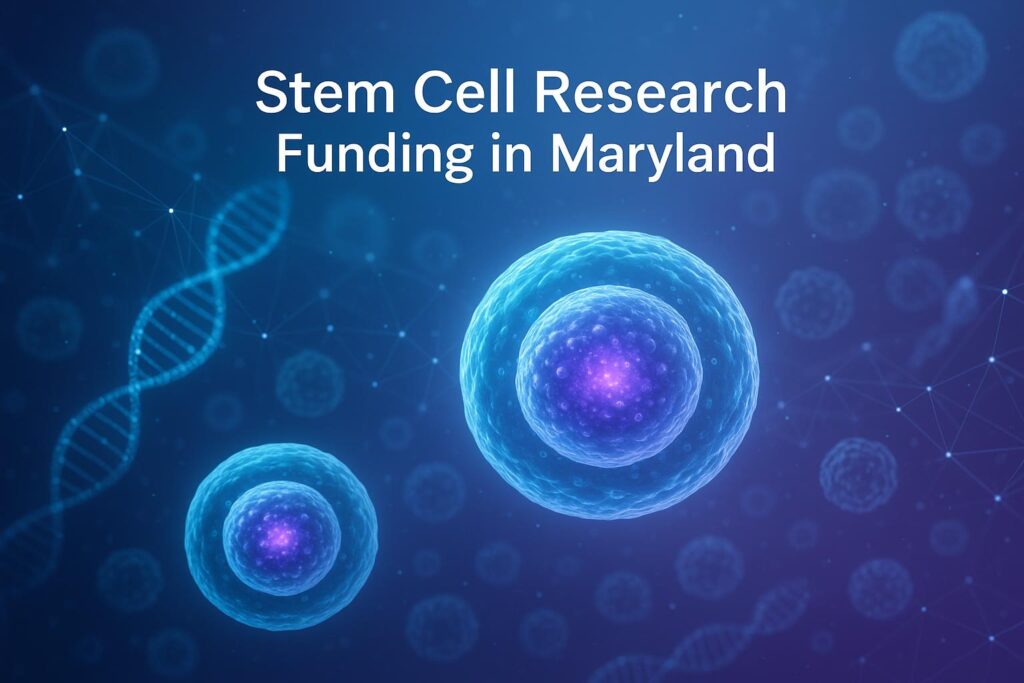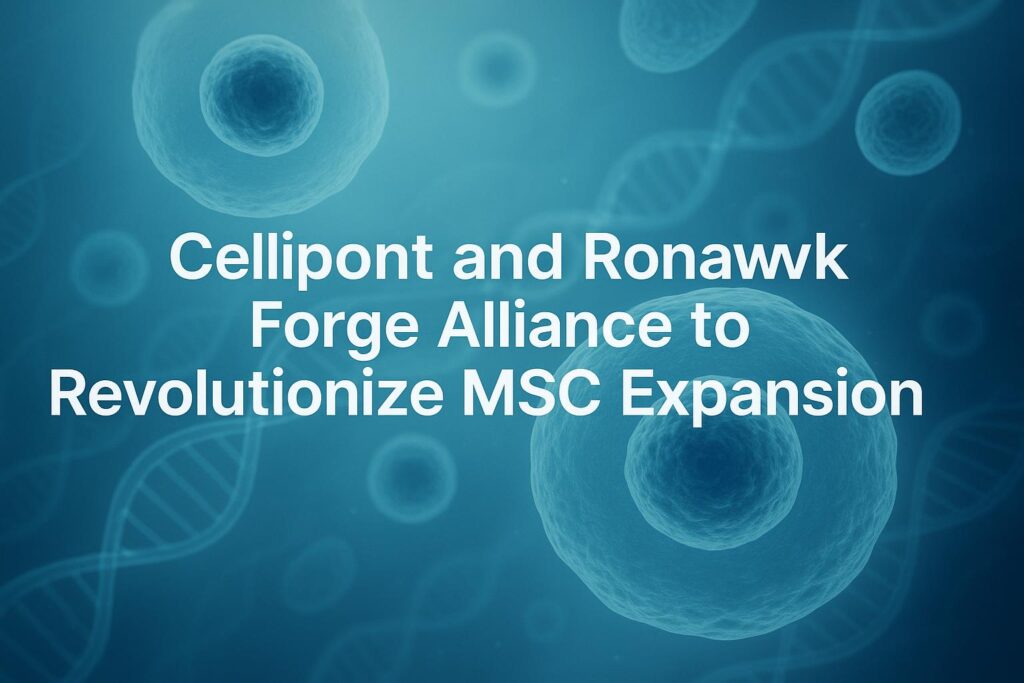Parents of children with Autism Spectrum Disorder (ASD) often face a difficult journey in finding effective treatments. Among the many options, stem cell therapy has emerged as a topic of both hope and debate.
This article explores the potential of stem cell therapy for autism, drawing insights from Dr. Travis Whitney, a clinician and researcher in regenerative medicine.
We will examine what this treatment involves, what the research says, and the practical factors for parents to consider.
What is Stem Cell Therapy for Autism?
When discussing stem cell therapy for autism, the focus is primarily on Mesenchymal Stem Cells (MSCs). Dr. Whitney suggests a more accurate term is “Medicinal Signaling Cells.”
These cells do not replace damaged tissues. Instead, they act as communicators, signaling the body’s own cells to reduce inflammation and restore internal balance, a state known as homeostasis.
Understanding Autism’s Complexity
Autism is a complex neurodevelopmental disorder. It is often accompanied by a range of other health issues.
Many individuals with autism also experience gastrointestinal and immunological problems. This highlights the need for a treatment approach that addresses more than just the neurological aspects of the condition.
Why Research Can Seem Unclear
Some formal research studies on stem cell therapy for autism have produced inconclusive results. This can be discouraging for parents seeking clear answers.
Dr. Whitney explains that many of these studies are “underpowered.” This means they have limitations that can affect the outcome, such as:
| Study Limitation | Impact on Results |
| Small Sample Sizes | Difficult to draw broad conclusions |
| Inconsistent Protocols | Variations in treatment methods |
| Low Dosages | May not be sufficient to produce a therapeutic effect |
| Infrequent Administrations | Timing of treatments can be critical |
In contrast, research that involves more frequent infusions and combination therapies has shown more significant therapeutic effects.
The Clinical Perspective
Based on his extensive clinical experience, Dr. Whitney states that MSC therapy can significantly help children with autism. The success of the treatment often depends on several key factors.
These factors include the dosage, the route of administration, and the frequency of the treatments. When these elements are appropriately tailored to the individual, the potential for positive outcomes increases.
Practical Considerations for Parents
Stem cell therapy is generally considered a safe treatment. The most common side effect reported is temporary hyperactivity.
However, it is important for parents to be aware of the following:
•FDA Approval: Stem cell therapy for autism is not currently FDA-approved in the United States.
•Insurance Coverage: It is rarely covered by insurance plans.
•Cost: The treatment can be expensive.
Finding Support and Information
Navigating the world of autism treatments can be overwhelming. Dr. Whitney emphasizes that parents are not alone.
He encourages parents to join support communities. These communities can be a valuable resource for finding reliable information and connecting with other families who understand the journey.
For parents exploring new treatment options, it is essential to gather information from trusted sources and make informed decisions. Stem cell therapy may offer a new avenue of hope for many families, and understanding the facts is the first step.
More info about Dr. Travis Whitney and his practice here.



